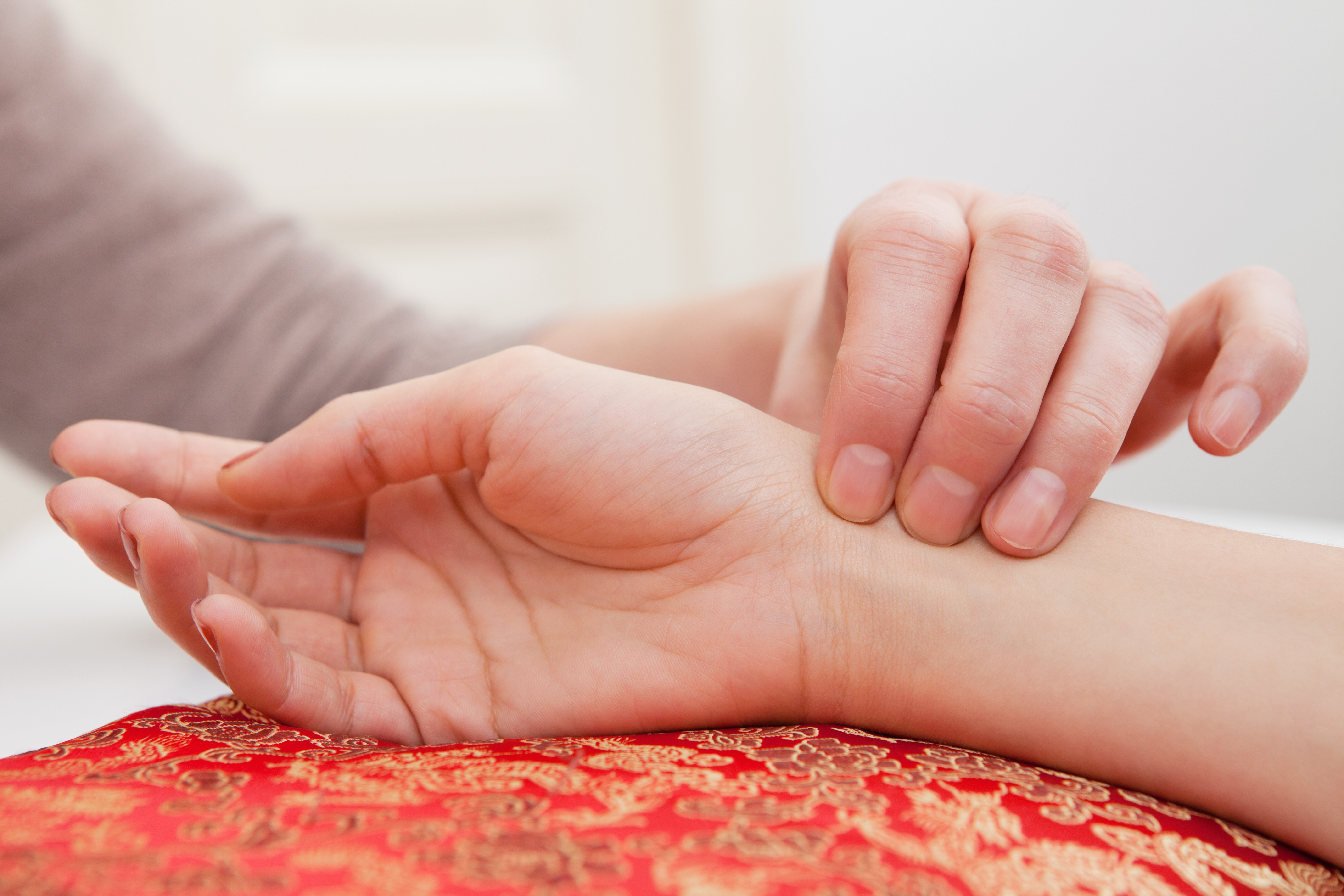-
Call us now
03 9088 8059 -
12 Wellington Parade
East Melbourne VIC 3002 -
Mon - Satday
08:00 to 20:00

Methods to diagnose a disease - Roga pareeksha
Ayurveda acharyas have mentioned various methods for the diagnosis of a disease and for the examination of a patient. They have enumerated classically various methods for the diagnosis of a disease.
Roga pareeksha are the methods through which various stages of the disease are examined and recognised in particular. The means of recognition of roga (disease) and and it’s stages are,
1. Nidana- aetiology or exciting factors
2. Poorva Roopa- premonitory signs and symptoms
3. Roopa- clinical features
4. Linga- clinical features
5. Upasaya- the therapeutic explorations
6. Samprapti- the complete pathogenesis
Examination of a patient - Rogi pariksha
Clinical methods are the techniques used by physician to examine a patient. Charaka, the father of Indian medicine, illustrates ten factors to be examined in a patient to recognise the disease condition and the condition of the patient. They are
1. Prakriti– constitution of patient
2. Vikriti- pathology
3. Sara- excellence of body elements
4. Samhanana- compactness/ integrity of (structural/functional) of body organs
5. Pramana- measurements of body parts ( biological values)
6. Satmya- homologations/ acquaintances
7. Satva- psychic status
8. Ahara sakthi- status of agni(capacity for ingestion or digestion/ condition of digestive fire)
9. Vyayama sakthi- power of tolerance for physical exertion
10. Vaya- age factor
Eight methods of examination of a patient - Ashtavidha pariksha
Yogaratnakara, an ayurvedic scholar advocates eight factors to be thoroughly examined with priority. These examinations enable the physician to assess the longevity, the diseased condition, seasonal transition effects of the longevity, the power of digestion, age related strength, physical strength of the body, ojas (the capacity to withstand or oppose disease, mental endurance, diets regimens and drugs to which the individual is accustomed, constitution, medicines that could be employed and the habitat. They are
• Nadi- examination of pulse
• Mutra- examination of urine
• Malam- examination of stool
• Jihva- examination of tongue
• Sabda- examination of voice and various sounds
• Sparsa- examination by palpation
• Drik- examination by inspection
• Akriti- examination of shape
All these give a clue to an expert ayurvedic practitioner with respect to the disease and the condition of the diseased.
Ayurvedic pulse diagnosis
Nadi is the indicative of life. According to ayurveda, Nadi pariksha is one of the eight factors that to be thoroughly examined while doing the examination of the patient. An expert doctor should examine pulse at the root of the thumb, just proximal to the wrist joint, on the radial artery. The physician with balanced mind and tranquil soul, being an expert should feel the pulse using his right index, middle and ring fingers; probably of the right hand for men and left hand for women for better complacence with.
The practitioner should examine the pulse three times with a pause in between two examinations, by careful observation, during manifestation of the disease.
• Vataja nadi- manda(mild, thin), felt by distal finger, compared to motion of serpents and leeches
• Pittaja nadi- madyagathi (moderate), felt by middle finger, compared to motion of crow, frog
• Kaphaja nadi-tikshna( intense, voluminous), felt by proximal finger, compared to motion of swan, peacock, pigeon and cock
Pulse in various body types- comparisons
• Vataja nadi- compared to motion of serpents and leeches
• Pittaja nadi- compared to motion of crow, frog
• Kaphaja nadi- compared to motion of swan, peacock, pigeon and cock
• Vata pitta- alternate movement of serpent and frog
• Vata kapha- alternate movement of serpent and swan
• Vata kapha- movement of hari hamsa gati
• Tridosha- movement of woodpecker, the pulse is like a series of alternate bouncing pulse comparable to a woodpecker bird taping the wood.
Contraindications for pulse examination
• Sadya snatha- just finished bath
• Sadya buktha- just taken food
• Snehavagahi- soon after oleation and tub bath
• Kshuth- hungry
• Thrisharth- thirsty
• Supth- who is asleep
These persons are considered unfit to be subjected to pulse examination.
Pulse should be examined very carefully. An experienced ayurvedic practitioner would be able to assess the happiness and discomfort of the patient by nadi pariksha which is an index of life.
Ayurvedic tongue diagnosis
How do you know if you have ama in your body? Very simply, your body tells you each day if the food from previous day was digested properly. When you rise in the morning, look at your tongue in the mirror. If you see a coating on your tongue you will know that you have not adequately digested your food. A thin white coating that does not disguise the underlying color of your tongue is normal. Any other variation of coating is a sign that something needs to change.
Ayurveda considers the tongue a map of your body. Every feature of the tongue represents an aspect of the constitution or of imbalance. Any excess coating conveys an accumulation of waste products(ama) and a disruption in healthy processes of digestion, assimilation or elimination. Tongue acts as a mirror for the internal or unseen, functioning of the system. The color of its coating can be a tool for understanding what imbalance is predominating in the body. Getting to know the signs of imbalance can lead you toward adjustments in diet and lifestyle to improve digestive functions.
Ama is the fertile soil in which the seed of disease can grow. If we ignore the signs of imbalance, then toxins,ama, and excess doshas can accumulate and have an opportunity to spread to other parts of the body. According to ayurveda, this accumulation marks the beginning stages or precursors of disease.
An experienced ayurveda practitioner utilizes all the appropriate ayurveda diagnostic tools to find out the imbalances in the body’s vital forces.
